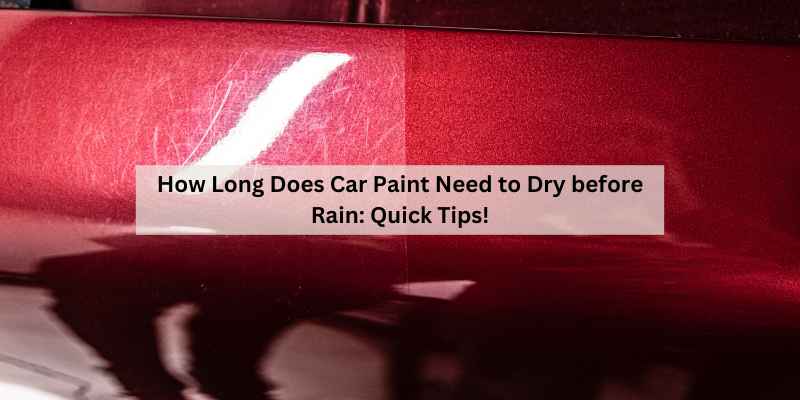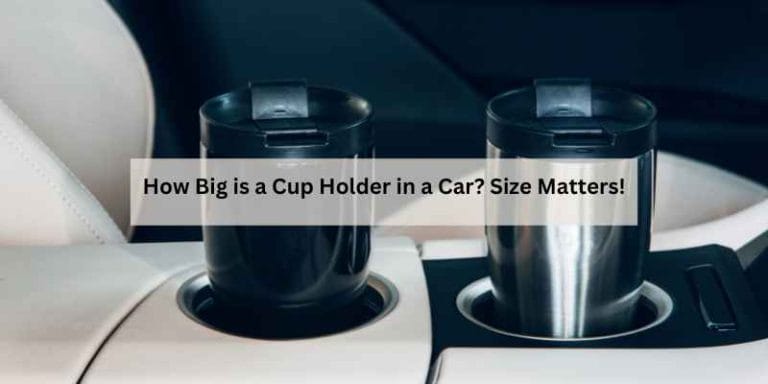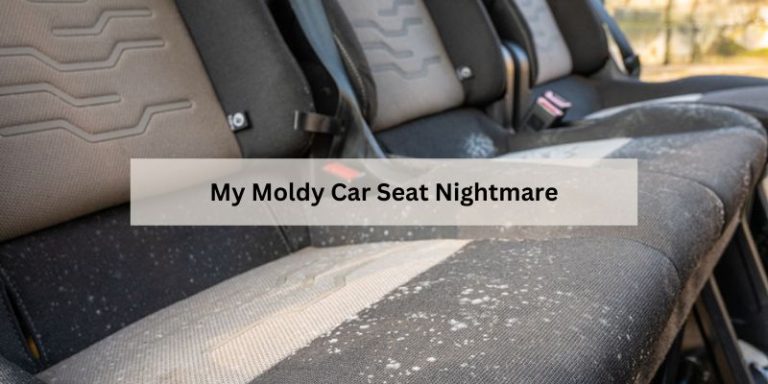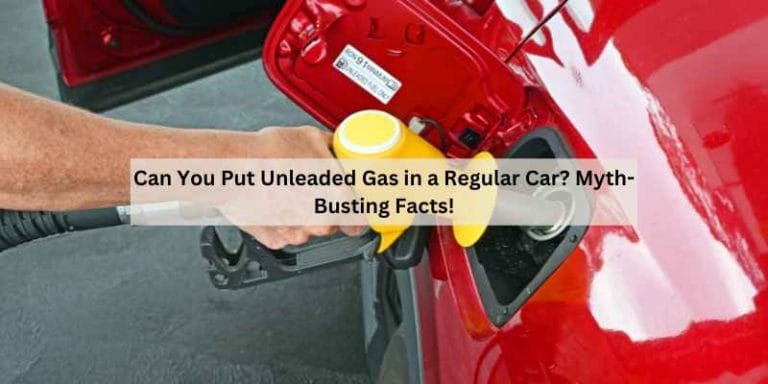How Long Does Car Paint Need to Dry before Rain: Quick Tips!
Car paint typically needs at least 24 hours to dry before rain. For optimal results, wait 48 hours to ensure a durable finish.
Applying fresh car paint can be a rewarding experience, but timing is crucial. Rain can ruin a newly painted surface, leading to streaks and imperfections. Understanding how long the paint needs to dry helps you protect your investment. Various factors, such as temperature and humidity, influence the drying time.
For best outcomes, choose a dry, warm day for painting. This ensures the paint adheres properly and cures well. Knowing the right drying time can save you from potential damage and extra touch-ups. Proper care can keep your car looking fresh and vibrant for years.
Introduction To Car Painting
Timing is very important in car painting. Proper drying prevents damage to the paint. Rain can ruin a freshly painted surface. Wait long enough before exposing it to moisture.
Several factors affect drying time. These include temperature, humidity, and airflow. Higher temperatures can speed up drying. High humidity can slow it down. Good airflow helps paint dry faster. Always consider these elements when planning a paint job.
| Factor | Effect on Drying Time |
|---|---|
| Temperature | Higher speeds up drying |
| Humidity | Higher slows down drying |
| Airflow | Improves drying time |
Types Of Car Paint
Acrylic paint dries quickly. It usually takes about 30 minutes to 1 hour. This type of paint is easy to apply. It offers a nice shine and is affordable.
Urethane paint is more durable. It can take 1 to 2 hours to dry. This paint protects against scratches and UV rays. It is often used for professional jobs.
Enamel paint has a longer drying time. It may need 6 to 8 hours before it is safe from rain. This paint is very tough and resists wear and tear.
Standard Drying Times
The initial dry time for car paint usually takes about 30 minutes to 1 hour. This depends on the type of paint used. Factors like temperature and humidity can also affect drying. Always check the manufacturer’s instructions for best results.
The cure time is longer. It can take several days for the paint to fully harden. Avoid exposing the car to rain for at least 24 to 48 hours after painting. This helps prevent damage and ensures a smooth finish.
Impact Of Weather On Drying
Weather plays a big role in how long car paint takes to dry. Humidity can slow down the drying process. High humidity levels trap moisture. This makes it hard for paint to cure properly.
Temperature also affects drying time. Warmer temperatures help paint dry faster. Cold weather can lead to longer drying times. It’s best to paint in temperatures between 60°F and 80°F.
| Condition | Effect on Drying Time |
|---|---|
| High Humidity | Slower drying |
| Low Humidity | Faster drying |
| High Temperature | Faster drying |
| Low Temperature | Slower drying |
Protecting Paint From Rain
Protecting your car’s paint from rain is very important. Immediate measures can help avoid damage. Try to park the car in a garage or under a carport. Use a car cover if you must park outside. This protects the paint from sudden rain.
For long-term strategies, regular waxing can create a protective barrier. Choose high-quality wax for better results. Keep the paint clean by washing the car often. This helps maintain the shine and reduces damage from rain.
Quick Tips For Faster Drying
Using fans can help speed up drying time. Place them near the car to improve air circulation. This allows moisture to evaporate faster.
Applying heat is another effective method. Use a heat lamp or a space heater. Just be careful not to overheat the paint.
Choosing the right time is crucial. Aim to paint during dry, warm days. Avoid painting before rain or high humidity.
Common Mistakes To Avoid
Many people make the mistake of rushing the process of painting their cars. This can lead to poor results. Allowing proper drying time is essential for a good finish.
Ignoring the weather forecast is another common mistake. Rain can ruin wet paint, causing it to run or create blemishes. Always check the forecast before starting your project. If rain is expected, delay the painting.
Taking your time and planning properly ensures the best results for your car’s paint job. Patience pays off in the long run.
Professional Vs. Diy Painting
Professional painting offers high-quality results. Experts use advanced techniques and tools. This ensures a smooth finish and long-lasting protection.
DIY painting can save money. However, it may lack the polish of a professional job. Mistakes may lead to costly repairs later.
| Aspect | Professional | DIY |
|---|---|---|
| Quality | High-quality finish | Variable quality |
| Cost | Higher investment | Lower cost |
| Tools | Specialized equipment | Basic supplies |
Frequently Asked Questions
How Long After A Car Is Painted Can It Get Wet?
Wait at least 24 to 48 hours before exposing a freshly painted car to water. This allows the paint to cure properly. For optimal results, follow the specific recommendations from your painter or the paint manufacturer. Protect the finish to ensure longevity and shine.
Will Rain Ruin A Fresh Paint Job?
Rain can damage a fresh paint job if it occurs before the paint dries completely. It may lead to streaks or peeling. Ideally, avoid painting when rain is forecasted. Allow ample drying time to ensure a durable finish. Always check weather conditions before starting your project.
How Long Should Paint Dry Before Rain?
Paint should dry for at least 24 hours before rain. This ensures proper adhesion and prevents damage. Always check the paint manufacturer’s instructions for specific drying times. Weather conditions can also affect drying, so plan accordingly to avoid rain shortly after painting.
How Long Before Clear Coat Can Get Rained On?
Wait at least 24 to 48 hours before exposing a freshly applied clear coat to rain. This allows the coating to cure properly. Avoid washing the vehicle during this period to ensure the best results and protect the finish.
Conclusion
Car paint requires proper drying time to ensure a smooth finish. Rain can ruin your hard work if the paint isn’t fully cured. Generally, waiting at least 24 to 48 hours is advisable before exposing freshly painted surfaces to moisture.
This simple precaution helps maintain the quality and longevity of your car’s paint job.







